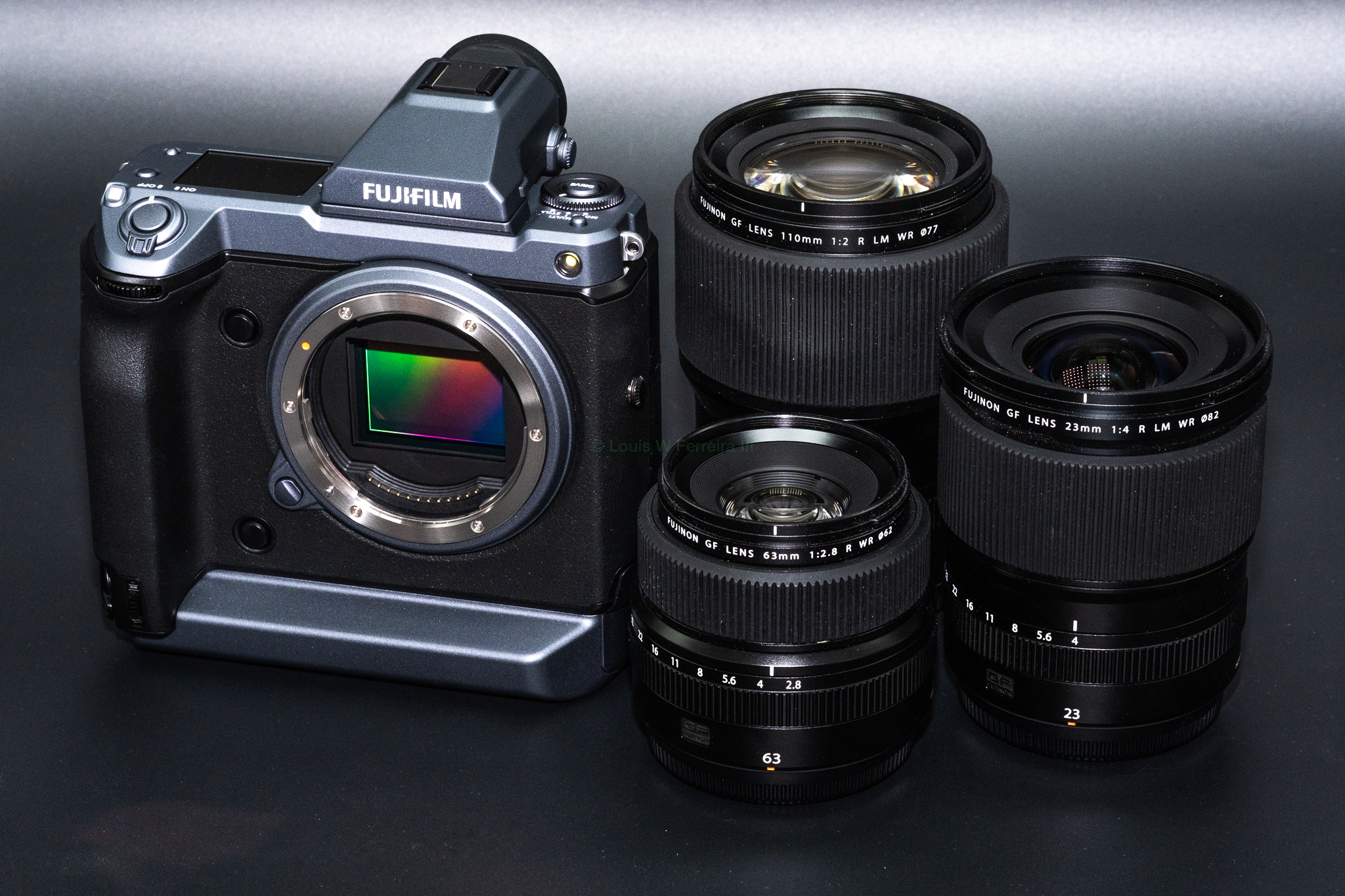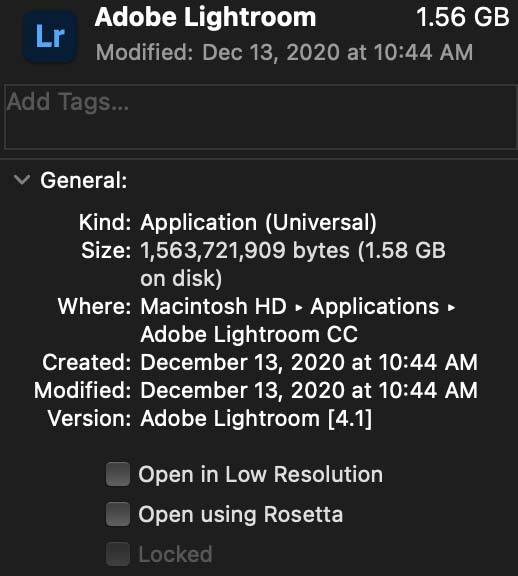
I finally received my Macbook Pro 13″ with Apple Silicon M1 inside and I am very impressed. Before the M1 I generally had a pretty loaded Macbook Pro 15/16″ in addition to my 2013 Mac Pro, but I always did my photo and video editing on my 2013 Mac Pro because I kept a very clean install of OSX on it that was more responsive than my Macbook Pro workhorse and I have 3 27″ displays for my Mac Pro.
When the Apple M1 was announced I was worried about going through another transition like from PowerPC to x86 and I had my doubts about the power of ARM-based processors even though Apple has a good track record with the iPad and iPhone so I did not order one on day one. When the first reviews started to trickle out I was very impressed with what I was seeing and immediately regretted not ordering one so I decided to consider either an MBP 13″ with M1 inside or Macbook Air with M1 inside.
I decided to go with the Apple M1 Macbook Pro due to the slightly better screen and active cooling that will help if I ever get into video editing. I also decided to upgrade the RAM to 16GB because I just can’t imagine ever owning an 8GB machine again and I want to keep swap file usage to a minimum even though the M1 has an incredibly fast SSD.
Testing
There are a lot of ways to compare computer systems via benchmarking software, but in general, I prefer real-world results so I decided to share some with readers so they can be better informed about what to expect from Apple Silicon. Since SSD speeds have changed a lot since the 2013 Mac Pro was released I decided to use an older Samsung T1 external USB 3.0 SSD for testing that wouldn’t give either computer an advantage to get a good look at the performance of the Apple M1’s processor and memory performance.
2013 Mac Pro
3.5Ghz 6 Core
128GB Ram
Dual D700 video cards
2020 Macbook Pro
Apple M1
16GB Ram
Integrated Graphics
Above are the relevant specs of the computers that will be stressed by my initial testing since I have limited the SSD speed with the Samsung T1, which runs at between 350-370MB/s via USB 3.0 on both systems. I could have used a faster SSD, but Apple has poor USB 3.0 support even on its newer computers (which you can get around by using a thunderbolt hub) so I wanted to remain below any numbers that might be affected by the USB 3.0 implementation.
For my testing, I decided to create a Lightroom catalog with 164 Fujifilm GFX100 files (26.27GB of data) that are edited in a variety of ways and compared exporting it on both systems. If you have ever worked with GFX100 files on an older Mac the editing experience is fine, but imports and exports are painful. I did this testing three times to provide average results and was a bit surprised at the final times. The export took 18m 44.87s on the Mac Pro and 12m 0.86s on the 13″ Mac Book Pro M1.
My initial belief was that the M1 would match the performance of my older high-end system since it had video acceleration and RAM well beyond my Apple M1, but the M1 significantly cut down my export time. If I used faster external storage or the internal storage of the Apple M1 that runs at almost 3k MB/s I have no doubt it would take half as long as the Mac Pro since the Mac Pro only runs at around 1k MB/s internally and I haven’t seen testing get much faster even with Thunderbolt 2 devices running RAID 5.
Future Testing
The above results are even more impressive if you take into consideration Lightroom Classic is still an Intel application so that level of performance was achieved using rosetta 2. It will be interesting to see how these results change when Lightroom Classic becomes a universal binary, but until then this is a pretty representative comparison of what you can expect today. Next, I will do an import comparison, but doing this kind of testing ties my computer up for hours on end since I close everything and try to give both “optimal” conditions to perform since not everyone keeps a lot of work open in the background like tend to.
I am also considering doing some video import/export testing, but this might not be fair for a variety of technical reasons that would make this article even longer. In short hardware, decoding/encoding plays a big part in video performance and the M1’s hardware decoder is blazing fast, but when it first launched there were reports that it produced a softer image than Intel/AMD/Nvidia’s hardware decoders. Apple and others have addressed this “softness” since from what I have read, but I think it will take a while before we truly know what the M1 can do for video.
Thoughts
The 2020 Macbook Pro M1 is the first laptop that I have ever owned that lasts me all day on battery power. Every other system I have used dies in under 3 hours and most barely made it to 2 hours because I am very demanding of my computers. Most of my multitasking depends heavily on RAM which is why I haven’t owned a system with less than 32 gigs of RAM in I can’t recall how long and before that I always ran dual-processor computers with SCSI and later SSD drives running RAID-5 because I hate when my computer feels sluggish.
Laptops have always felt sluggish to me regardless of how much money I throw at them. I used to regularly spend 4-7k on laptops every year just to make them tolerable. Even my last MBP 2019 with a Core i9 felt sluggish to work on and I would have liked to have done a comparison like the above with it, but I sold it the day before my M1 came in and actually made money switching to the Apple M1, which to my surprise hasn’t felt sluggish once yet even with all the windows and tabs I like to keep open in chrome 24/7 that came over to my new MBP via time machine.
I am sure my usage will grow into any headroom Apple is providing me today and I can’t wait for the Apple Silicon-based Mac Pro to be announced. I decided against the new intel Mac Pro because I felt like it was a horrible value, but if Apple Silicon scales well Apple might enjoy a huge performance advantage in the years to come since Intel can’t really keep up and AMD can, but not efficiently yet. My last statement is what really makes Apple Silicon unique because it is putting down these impressive numbers using 20 watts while my old Mac Pro processor uses 130W.
With the M1 you’re getting almost twice the speed for 1/6th of the energy consumption and sometimes the performance advantage and thus efficiency can be significantly larger. The only time I have seen the M1 fall behind other systems is for tasks that fully utilize a modern graphics accelerator. If you have looked around at other benchmarks this is partially why modern intel iMacs dominate some tests. Modern iMacs can utilize hardware-based encoding/decoding on their consumer chips in addition to utilizing GPU based acceleration in a way the M1 can’t, but the M1X and M2 will in the not too distant future.
First Tip Transitioning to Apple Silicon

Rosetta 2 has performed great for me and only a few old apps that I no longer use refuse to work, but none are photography/video related. Even plugins seem to work fine under Rosetta 2, but that is only if the application is also running through Rosetta 2. If you run an ARM app natively with x86 plugins then they most likely will not work correctly. If you run into this problem you can right-click on your universal binary application and click get info and then check open using Rosetta, which you can see Lightroom CC has above. This will allow your apps to run with old plugins until they are updated for the Apple M1.
Please don’t forget to follow us on Facebook, Twitter, Instagram, YouTube
Plus our owners’ groups
Fujifilm GFX Owners Group
Fujifilm X-H Owners Group
Fujifilm X-T Owners Group
Fujifilm X-S Owners Group
Fujifilm X-Pro Owners Group
Fujifilm X-E Owners Group
Fujifilm X-A Owners Group
Fujifilm X100 Owners Group
